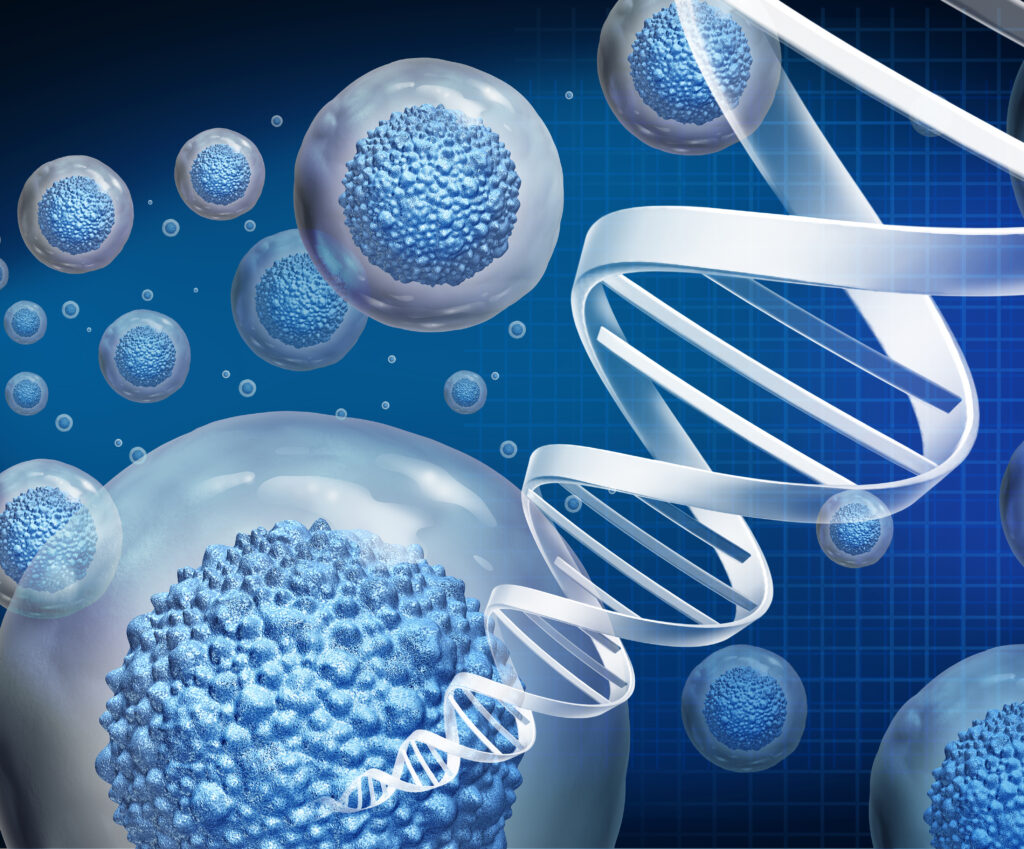Stem Cell Therapy: A Breakthrough in TBI Treatment
Traumatic brain injury (tbi) is a significant health concern worldwide, affecting millions of people each year. It occurs when an external force, such as a blow or jolt to the head, causes damage to the brain. Symptoms may range from mild concussions to severe injuries leading to permanent disability or death.
Most treatment options focus primarily on managing symptoms and preventing further damage, with limited success in reversing the injury. However, recent advancements in regenerative medicine, particularly stem cell therapy, have generated excitement in the medical community and among patients for their potential to heal the brain and restore lost cognitive functions.
Stem cell therapy could promote brain repair, offering hope to individuals living with the long-term effects of TBI. This article will explore how stem cell therapy works and the promise it holds for treating TBI.
THE SCIENCE BEHIND STEM CELL THERAPY
Stem cell therapy involves using undifferentiated cells — cells that have the ability to become specialized into various types of tissues and organs — to repair or replace damaged cells in the body. These cells have key properties that make them highly promising for TBI treatment.
For example, stem cells have the ability to differentiate into various types of specialized cells, including neurons, which are the cells affected after a TBI. This regenerative potential is what makes stem cells a compelling option for healing brain tissue. In addition to their regenerative capacity, stem cells can reduce inflammation and provide protection to existing neurons. This is particularly important in TBI, as inflammation in the brain is a key contributor to secondary damage following injury.

HOW STEM CELL THERAPY IS REVOLUTIONIZING TBI TREATMENT
The potential of stem cell therapy to treat TBI lies in its ability to promote brain repair and recovery. Here’s how stem cell therapy works in the context of TBI:
Neurogenesis (Regeneration of Neurons): After a TBI, neurons (brain cells) may be damaged or die, leading to cognitive and motor impairments. Stem cells have the potential to replace lost neurons by differentiating into functional brain cells. This can improve brain function and potentially restore lost abilities such as memory, motor skills and speech.
Reduction of Inflammation: In the aftermath of a brain injury, inflammation often exacerbates damage. Stem cells can modulate the immune response, reducing inflammation and preventing further harm to healthy brain tissue. This could be particularly valuable in the days and weeks following an injury.
Improvement of Blood Flow to the Brain: Stem cells can also help restore damaged blood vessels, improving circulation in the brain. Better blood flow can support the healing process by delivering essential nutrients and oxygen to injured areas.
Functional Recovery: In addition to directly repairing brain tissue, stem cells can promote the growth of new connections between surviving neurons. This network remodelling could help restore lost functions and improve the overall health of the brain.

Top: Transplantation of stem cells decreased tissue atrophy and lesion volume in a study using piglet brains effected by TBI. Bottom: Transplantation of stem cells preserved cerebral blood flow in a study using piglet brains effected by TBI.
Scans courtesy of: Schantz, S. L., Sneed, S. E., Fagan, M. M., Golan, M. E., Cheek, S. R., Kinder, H. A., Duberstein, K. J., Kaiser, E. E., & West, F. D. (2024). Human-Induced Pluripotent Stem Cell-Derived Neural Stem Cell Therapy Limits Tissue Damage and Promotes Tissue Regeneration and Functional Recovery in a Pediatric Piglet Traumatic-Brain-Injury Model. Biomedicines, 12(8), 1663. https://doi.org/10.3390/biomedicines12081663
THE ROAD AHEAD: A BRIGHT FUTURE FOR TBI PATIENTS
The advances in stem cell therapy in recent years suggest a bright future for this innovative treatment. Stem cell-based therapies are set to become a standard part of treatment for TBI. With continued investment in research and a growing understanding of the brain’s regenerative capabilities, stem cell therapy holds immense promise for TBI patients.
IN CONCLUSION
Stem cell therapy represents one of the most exciting innovations in medicine, particularly in the treatment of traumatic brain injury. It has the potential to offer not just symptom management, but actual recovery and healing of the brain. The promise of stem cell therapy to treat TBI could transform the lives of millions of people who suffer from brain injuries, restoring their abilities and improving their quality of life. With continued innovation and collaboration in the scientific community, stem cell therapy is becoming a breakthrough treatment that is revolutionizing the field of TBI recovery.
Contribute to the TBI Times





